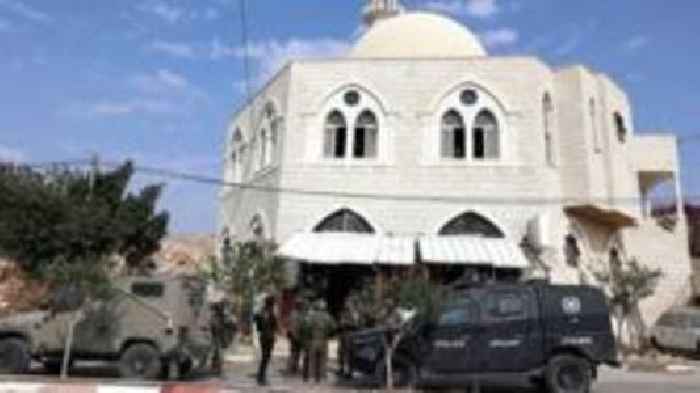Israel returns 15 Palestinian bodies to Gaza under ceasefire terms
Israel handed over the bodies of 15 Palestinians to Gaza on Friday, health officials at Nasser Hospital in Khan Younis said, a move tied to the fragile U.S. brokered ceasefire agreement. The transfer carries humanitarian and diplomatic weight, and it could influence the pace of further negotiated steps and the delivery of aid to a battered territory.
Listen to Article
Click play to generate audio

Israeli forces returned 15 bodies to Gaza on Friday, health officials at Nasser Hospital in Khan Younis reported, in the latest development linked to the fragile U.S. brokered ceasefire agreement that has paused major hostilities. The handover is one of several negotiated measures meant to build limited confidence between the parties even as the ceasefire remains precarious.
For Gazans, the retrieval of the dead has immediate human and public health implications. Hospitals in the territory have been operating under extreme strain since the conflict escalated, facing shortages of medical supplies, electricity, and safe access for staff. Returning bodies to local authorities and families can ease humanitarian logistics and reduce some public health risks associated with prolonged delays, though it does not address the deeper shortages of equipment and medicines that remain acute.
Politically, the transfer underscores the role of U.S. diplomacy in mediating limited agreements between Israel and Hamas. The ceasefire framework has included phased steps intended to calibrate trust and to permit the movement of aid and detainee exchanges. While individual gestures such as returning bodies can lower tensions temporarily, analysts caution that the underlying drivers of the conflict have not been resolved and that any progress is contingent on sustained international engagement.
The economic stakes are already significant and will become more visible if the cessation in fighting holds. Humanitarian agencies estimate that reconstruction and relief needs in Gaza will be substantial, requiring sustained donor funding and logistical access. Though precise cost estimates vary, the scale of infrastructure damage, displacement, and health system breakdown implies multi year funding commitments rather than one time assistance. For neighboring economies, a stable cessation could reduce immediate trade and tourism disruptions and lower risk premia, but uncertainty will keep investor caution elevated until durable political arrangements emerge.
Market reactions to ceasefire developments have so far been muted, reflecting the view that short term pauses do not guarantee a return to normal economic activity. Insurers and lenders will closely watch developments for indications about reconstruction demand and credit risk. Aid flows, if expanded and sustained, could support local employment and reconstruction supply chains, but donor fatigue and geopolitical tensions complicate the projection of steady funding.
Long term trends point to recurring cycles of violence followed by temporary truces that do not resolve structural grievances. Repeated disruptions erode public services, human capital, and the capacity for economic recovery. For Gaza, rebuilding will require not only funds but also reliable access routes, power, and institutional stability. For policymakers, the immediate challenge is to convert incremental steps like the return of bodies into durable channels for humanitarian assistance, while international actors weigh how to translate short term deescalation into longer term reconstruction and political progress.


